Due to Shizuoka's historical significance as the origin of all modern-day wasabi cultivation, as well as the environmentally-friendly impact its cultivation methods have had on enriching the region’s biodiversity, the traditional methods of wasabi cultivation in Shizuoka were officially recognized as Globally Important Agricultural Heritage Systems (GIAHS) in March of 2018.
Wasabi – Japanese Cuisine's Indispensable Condiment
A world that eats Japanese cuisine is a world that eats wasabi. Welcome to the profoundly interesting world of wasabi.
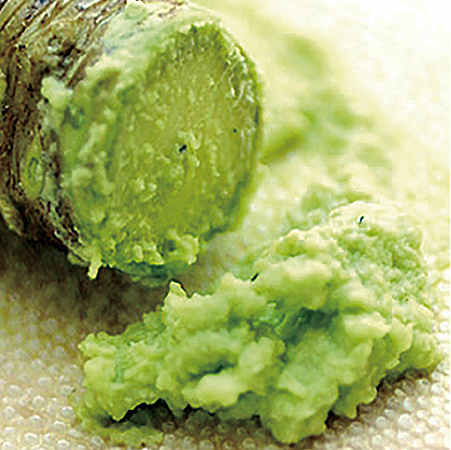

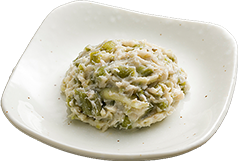
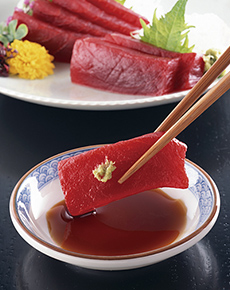
Traditional WASABI Cultivation in Shizuoka
Wasabi cultivation began in a mountainous region of Shizuoka Prefecture around 400 years ago. In time, a style of cultivation known as the “Tatamiishi style” was developed, which not only contributed to higher yields and quality, but also to better biodiversity.

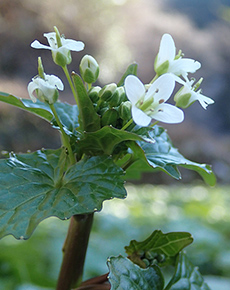
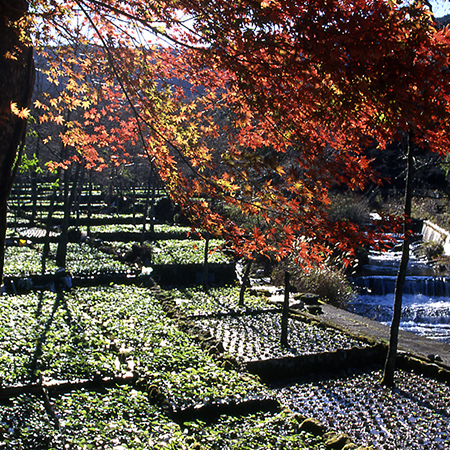

■Videos
Shizuoka City
Izu City
What are “Globally Important Agricultural Heritage Systems?”
Regions that are home to globally important, traditional agriculture, forestry and fisheries industries whose unique nature has been maintained over numerous generations, even as the industries themselves have adapted to society and the environment, and which have directly contributed to the development of culture, landscapes, seascapes, biodiversity and the like, are certified as Globally Important Agricultural Heritage Systems (GIAHS) by the Food and Agriculture Organization (FAO) of the United Nations.



